|
Seven Bridges Road located in Duluth, Minnesota is one of the more beautiful drives within the city. This 4 mile stretch of road intertwines with Amity Creek, the western branch of the Lester River, as it winds its way through a pine, poplar and birch forest on its way out to Lake Superior. A beautiful stone arch bridge has been constructed at each location were the road intersects the creek. All matching, there are seven bridges to cross along the way.
Finding Seven Bridges Road:
A Little History:
The road was originally conceived by Samuel Frisby Snively, a local lawyer and real estate developer. Snively is largely remembered for being the longest running mayor in Duluth’s history, holding the job for 16 years from 1921-1937. Snively owned a large 400 acre farm above the Duluth suburbs of Lester Park and Lakeside and he often hiked the hills around his farm. He was always very fond of following Amity Creek as it wound its way through rhyolite gorges and basalt ledges creating numerous waterfalls on its descent to Lake Superior. When plotting the road, Snively walked the hillside to find the most scenic route without any consideration for the ease of construction. Samuel Snively donated sixty acres of his own property and contacted the other landowners in the area to get all the necessary right of ways through their property for the road. After raising funds, the road was started in 1899.
Snively started the construction of the road north from Lester Park. It was very costly and difficult to build, since many trees and stumps had to be removed and many long tall bridges built to cross Amity Creek. There were 10 bridges planned, all very rustically built out of wood. After about two and a half miles, Snively ran out of money and halted work. Luckily, enough of the road was completed to allow the people of Duluth to see the project and experiencing the beauty of the drive. They began contributing money to aid in its completion.
Once completed, Snively donated the road to the city of Duluth as a gift. The road was extremely popular with the locals as a scenic parkway. Sadly, it was not maintained and within 10 years those wooden bridges were in such disrepair that the road was impassable to vehicles.
In 1910, the road was turned over to Duluth’s park commission for management. They devised a new plan to save the road. Morell & Nichols, an architectural and landscape firm out of Minneapolis was hired to redesign the bridges.
The firm proposed the bridges all be matching and in the filled-spandrel barrel-arch design constructed out of reinforced-concrete. They would have a Neoclassical stylistic treatment and be decoratively faced with native basalt and bluestone that would be collected locally from the creek beds or blasted from nearby outcrops. The bridges would be capped with pink opal granite to be quarried in St. Cloud, Minnesota. In 1911, the road was regraded and graveled. Several of Duluth finest stone masons were hired to simultaneously build all the bridges. The number of bridges planned was reduced to nine; the tenth bridge was simplified since it simply connected the parkway to the driveway at Snively’s farm. Snively’s road was renamed Amity Parkway and reopened on July 6, 1912. It once again became a popular destination for tourists and locals alike. Beautifully landscaped, the drive presented many scenic sights along the creek. Flowers lined much of the drive’s curves in spring and summer and the fall colors through the forest were spectacular.
In 1939, with the completion of the Hawk Ridge extension, Amity Parkway was finally connected to Skyline Parkway. This led to some navigational changes to the road and it was diverted around two of the bridges from Snively’s original roadway.
These two bridges still exist and can be visited, they are part of a hiking and cross country ski trail through Hawks Ridge. #8 and #9 can be found just off the parking lot on the right side of the road after crossing bridge #7.
The seven bridges that are still in use were once again restored in the mid-1990s. Work was done in order from most damaged to least and completed in 1997.
Definitely, consider Seven Bridges Road a “must see” if you are visiting Duluth and the Lake Superior North Shore. The drive is beautiful in every season! In summer, you’ll find the busiest spots at the first bridge waterfall called The Deeps and at Bridge #6 were there is a popular swimming hole. In winter, Seven Bridges Road left alone, blocked off and open for snowshoes and skiers. Don't just drive it, get out and explore a bit!
Be sure to watch for joggers and hikers along the drive.
You will find more images from Seven Bridges Road and the Minnesota North Shore in the Minnesota Collection.
See anything you like? Susan's work is available for purchase in The Art Gallery. All images in the her collection are available as wall art, fine art prints, on home decor, gift items and apparel.
0 Comments
Your comment will be posted after it is approved.
Leave a Reply. |
AuthorI am the 8th photographer in 4 generations of my family. Back in 2006, my husband accepted a job traveling, and I jumped at the chance to go with him. Categories
All
Archives
June 2024
This website uses marketing and tracking technologies. Opting out of this will opt you out of all cookies, except for those needed to run the website. Note that some products may not work as well without tracking cookies. Opt Out of Cookies |
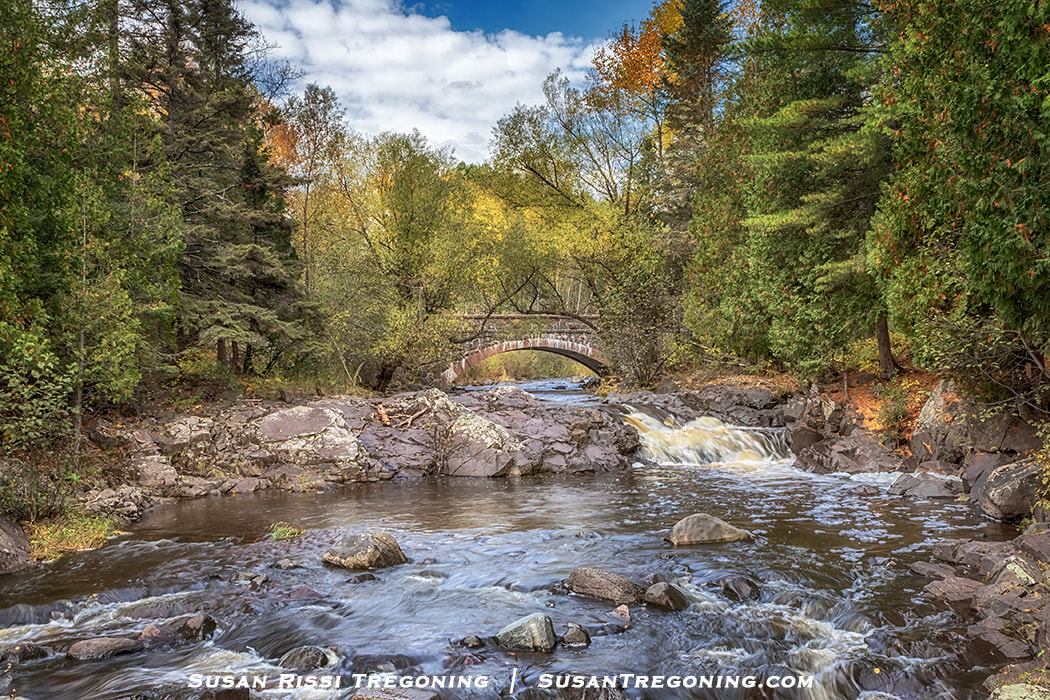

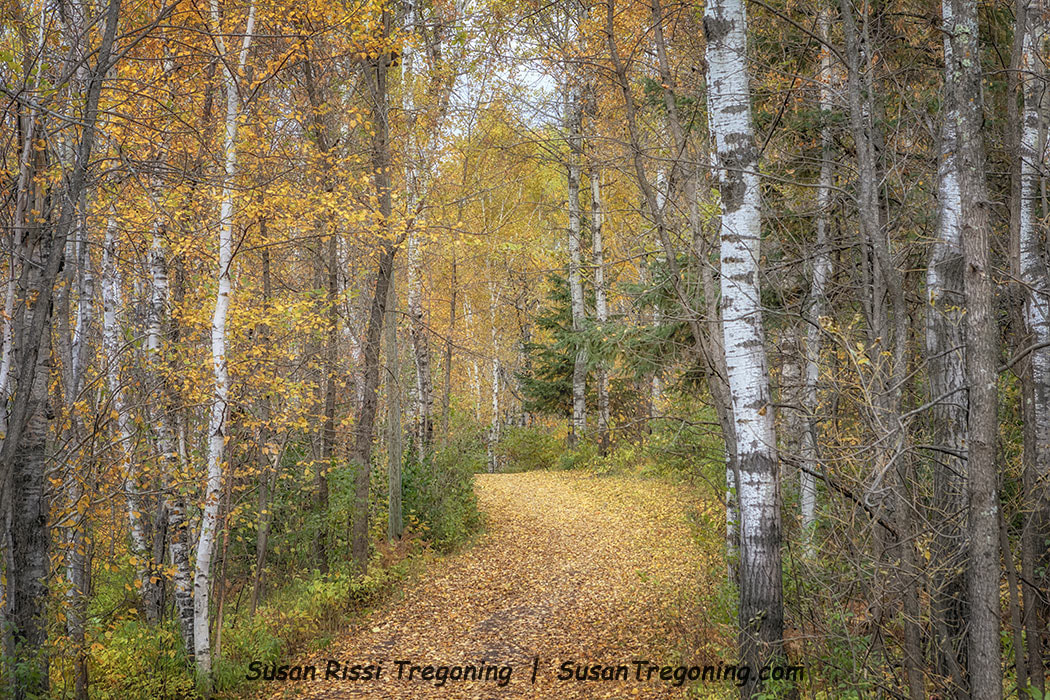
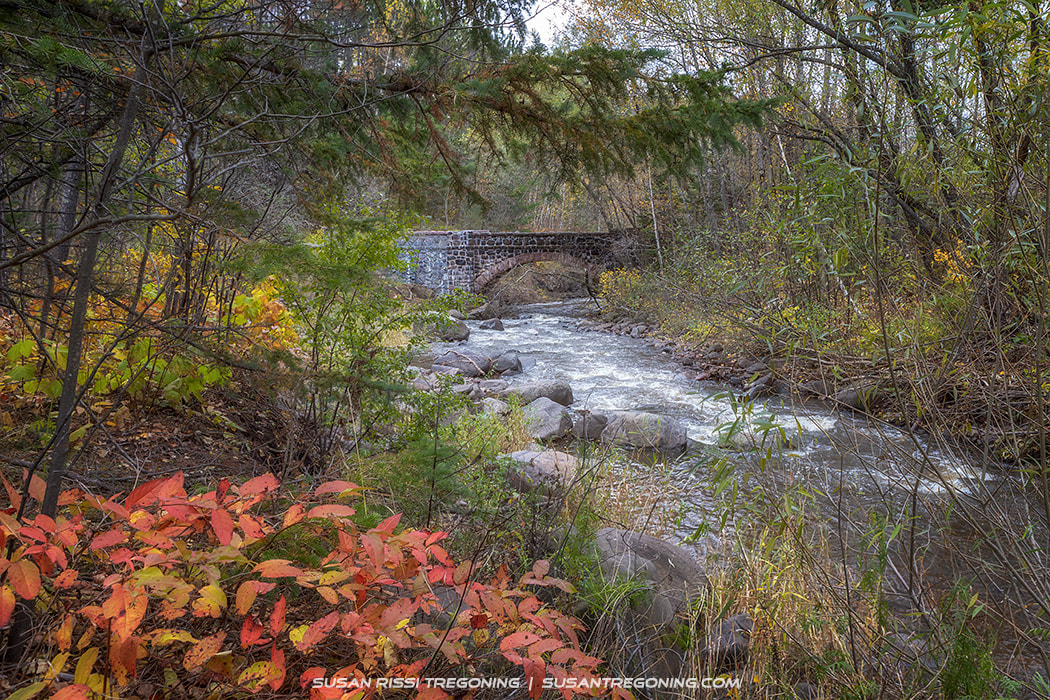
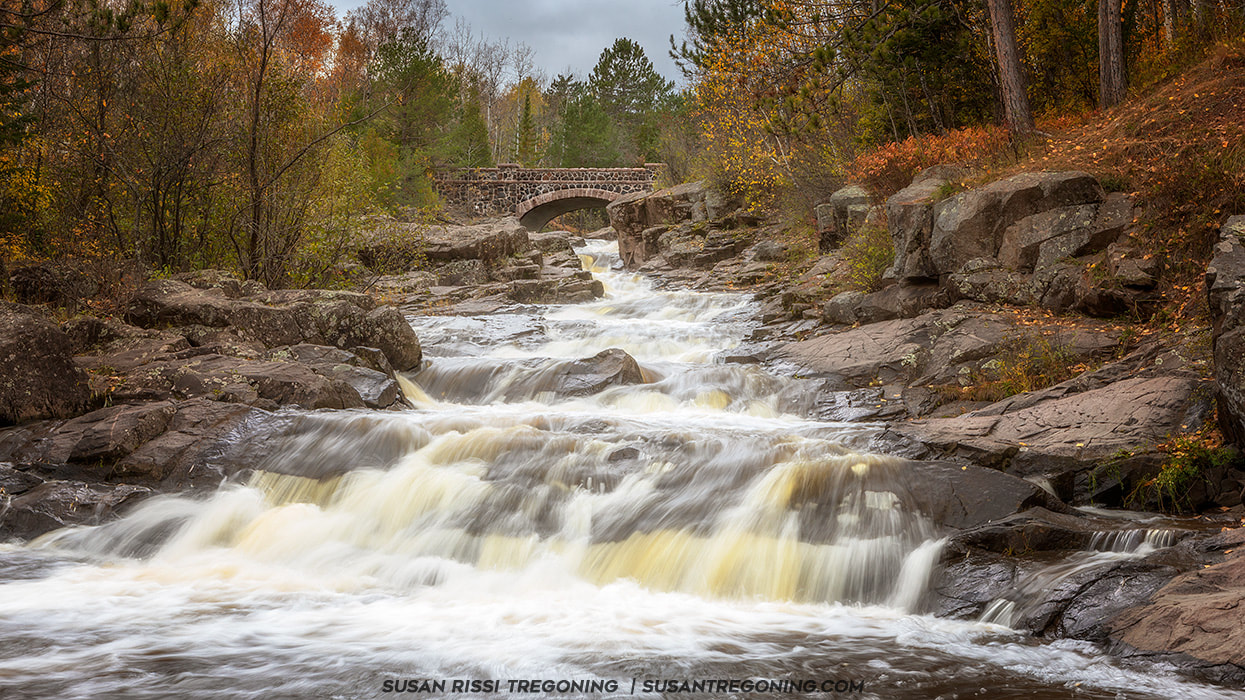
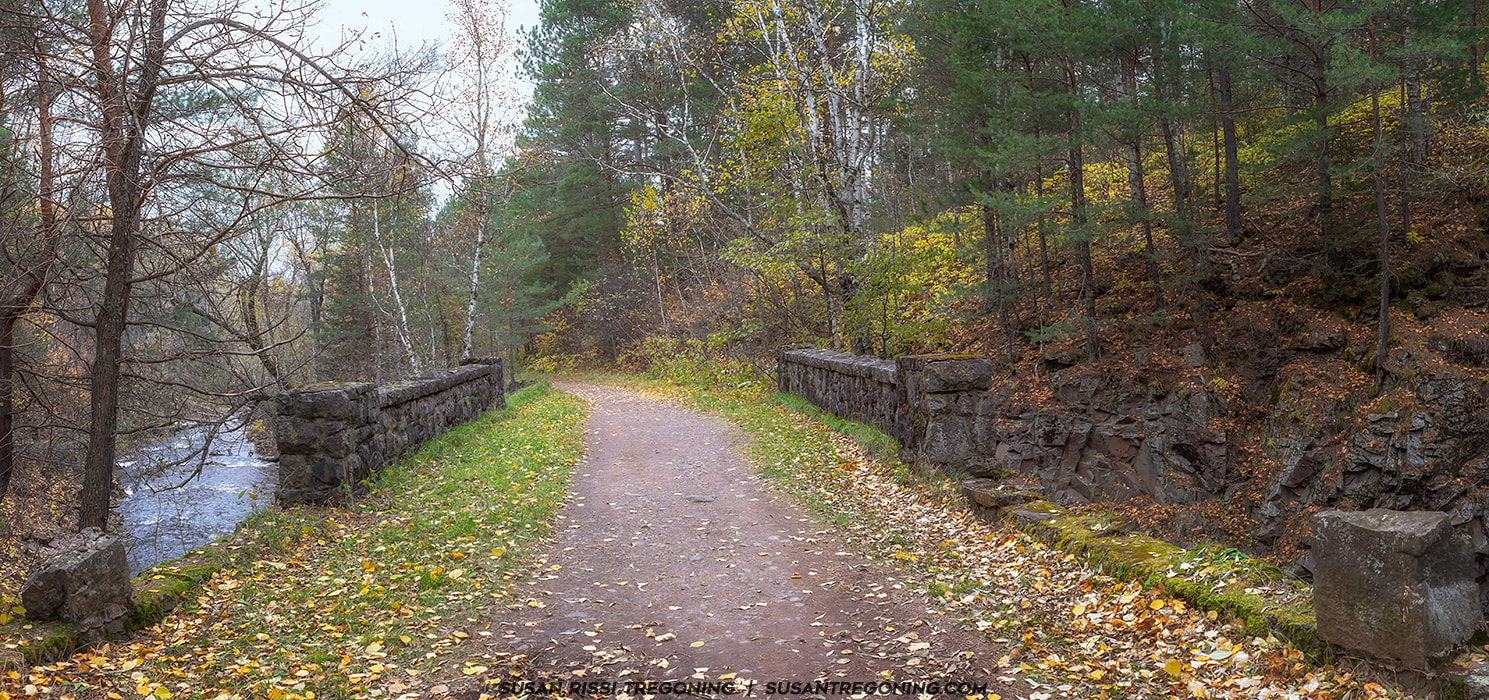
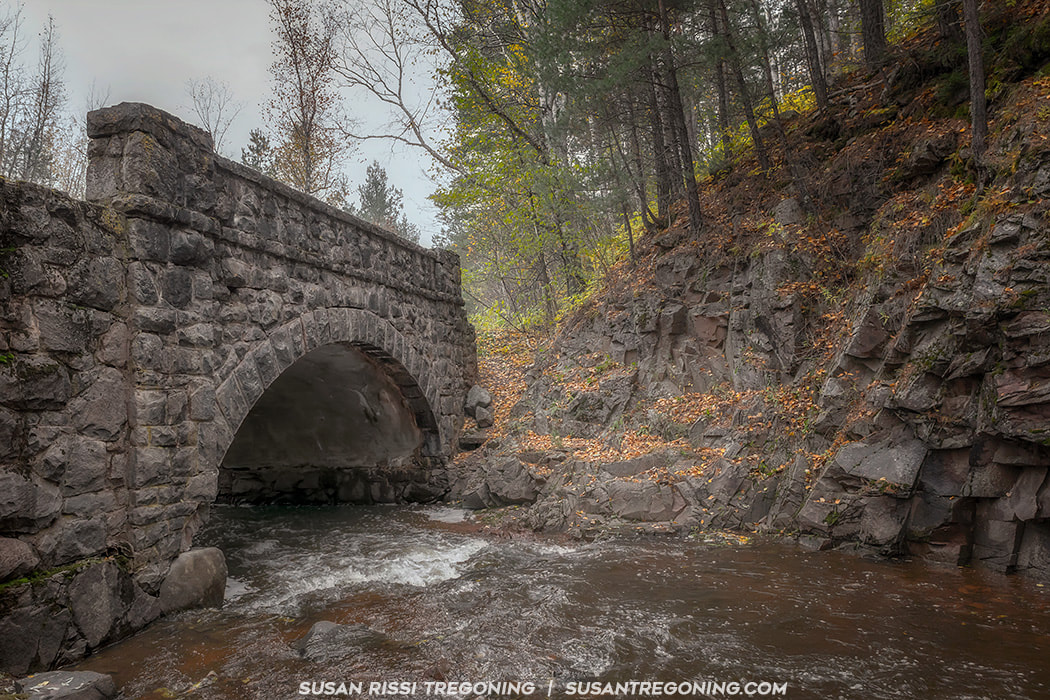


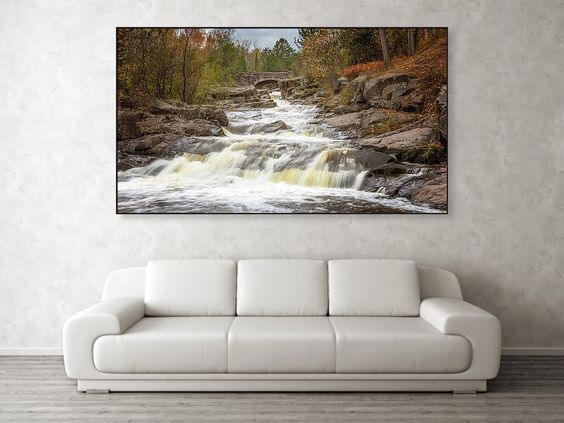
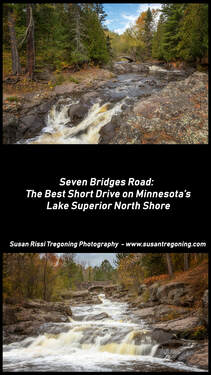
 RSS Feed
RSS Feed